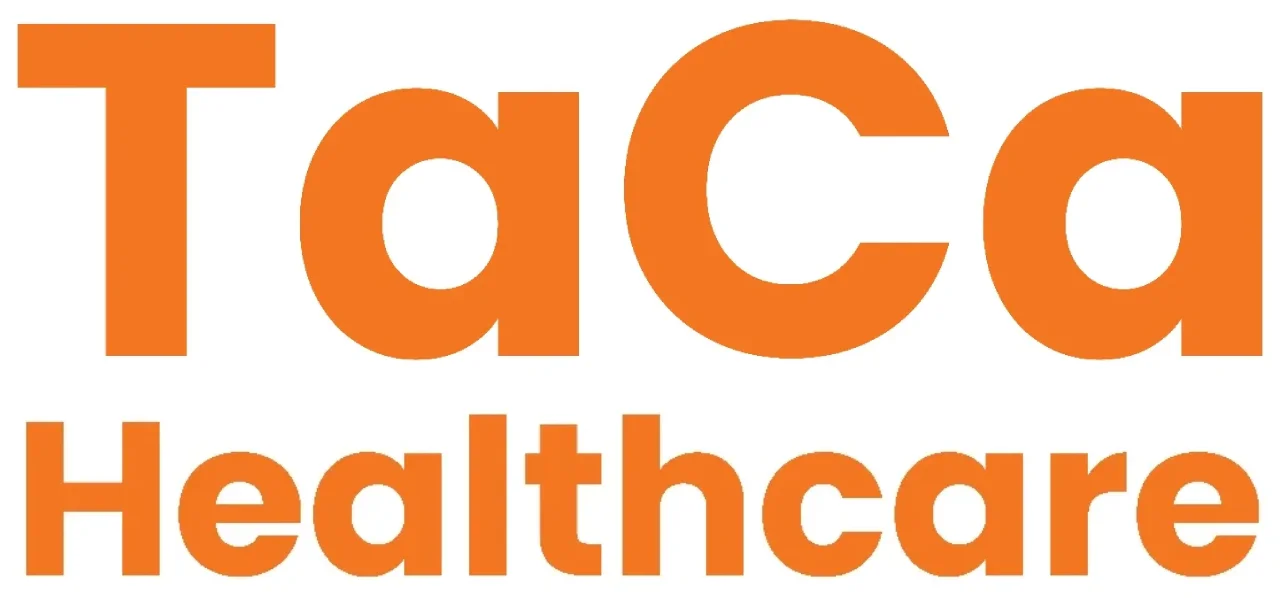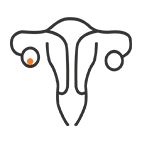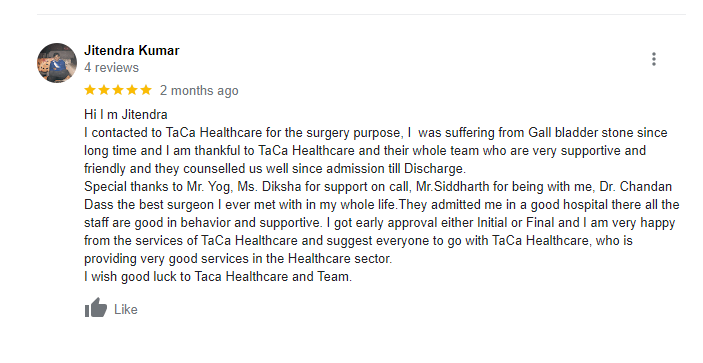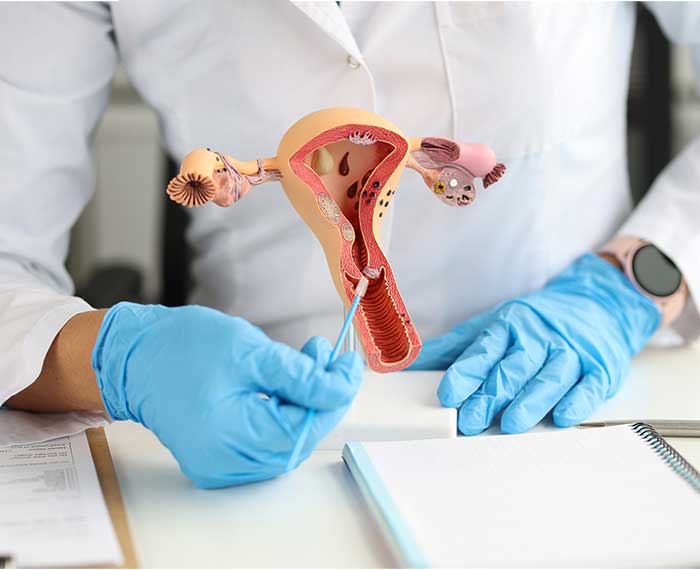
Get Expert Advice?
Gynaecology is the branch of medicine that deals with female reproductive health. A gynaecologist diagnoses and treats issues related to uterus, fallopian tubes, ovaries, external genitalia, and breasts.
There are some common gynaecological issues that trouble women a lot such as dysmenorrhea or painful menstruation, leucorrhea (excess white vaginal discharge), Polycystic ovarian syndrome (PCOS), fibroids, endometriosis, pelvic inflammatory disease,
Menopause, etc. One should consult a gynaecologist if suffering from any of these conditions.
Conditions we treat:
Gynaecology
Gynaecology is a medical and surgical speciaalty that deals with the diagnosis and treatment of problems of the feminine genital system and treating them through surgical & non-surgical interventions. Our Gynaecologists not only render specialized look after all women's health problems, but they also play a key role in preventing gynaecological problems through our specially designed Women clinics. Our gynaecologist gives specialized management of various gynaecological disorders like menstrual abnormalities, infertility, prolapsed uterus, fibroids, PCOD, uro-gynaecological problems, cancers, etc.
We have specialized clinics for the early detection of Gynaecological Diseases and cancers. They provide contraceptive advice and pre-conception counselling for couples planning a family. Additionally, clinics help in the management of adolescent and menopausal challenges faced thanks to the changing hormonal dynamics of a female's body. Those patients requiring surgical intervention are often treated by keyhole surgery, open surgery, uterus conserving surgery, hysteroscopic surgeries, etc.
Gynaecological Conditions
Menstrual disorders
Menstrual disorders include problems like heavy or irregular periods, excessive menstrual pain, and bleeding between periods. Treatment plans support the cause and severity of the condition, the patient’s medical record, suitability of the treatment to the patient’s lifestyle, and if the patient plans to possess children in the future.
Endometriosis
Endometriosis may be a progressive condition during which the endometrial tissue (tissue that lines the within of the uterus) starts growing outside the uterus. Endometriosis is usually painful and may also cause fertility problems. Treatments for endometriosis include removing the abnormal tissue through laparoscopy and hormone-based medications to regulate the expansion of the tissue.
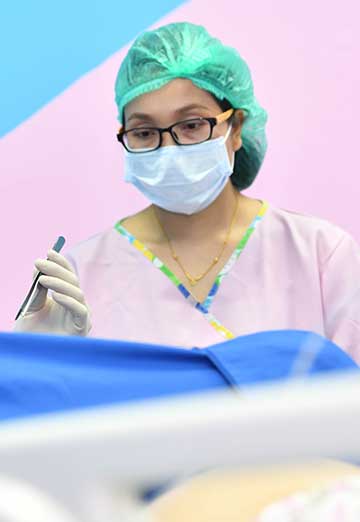
PCOS
Polycystic ovarian syndrome (PCOS) may be a common hormonal condition that happens among women of reproductive age. during this condition, the ovaries produce excess androgens (male sex hormones) and may also develop several small cysts. it's often characterized by irregular periods, excess facial and hair, acne, male-pattern baldness, and difficulty in conception. PCOD is usually treated through medication and lifestyle changes.
Uterine fibroids
Uterine fibroids are noncancerous growths that develop on the uterus' muscular wall. They vary in size and sometimes cause pelvic pain, heavy periods, fertility problems, and pregnancy complications like preterm birthing. Uterine fibroids are generally removed through minimally invasive surgeries and hysteroscopy procedures.
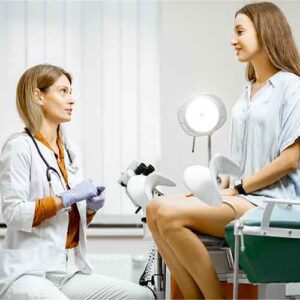 Ovarian cysts
Ovarian cystsWhile many ovarian cysts are harmless, large cysts can cause severe pelvic pain, bloating, and fertility issues. Ruptured ovarian cysts cause severe health complications and need immediate medical intervention. This condition is usually treated supported the dimensions and number of cysts with either one or a mixture of medication and surgery.
Pelvic floor disorders
These affect a woman’s ability to urinate or have a movement due to weakened pelvic floor muscles. Pregnancy and childbirth are two common causes of this. It's treated with either one or a mixture of lifestyle changes, pelvic floor exercises, hormone treatment, vaginal pessaries (a device wont to support uterine prolapse), and surgery.
Sexually transmitted diseases
Sexually transmitted diseases or sexually transmitted infections are often skilled unsafe sexual activity or from mother to child during pregnancy or childbirth. These include infections like gonorrhea, chlamydia, herpes genitalis, and human papillomavirus (HPV). While most of those diseases are often prevented by practicing safe intercourse with precautions.
Menopausal problems
Menopause may be a phenomenon defined because of the end of the cycle. it's diagnosed after 12 months of absent periods. Women can experience a variety of unpleasant symptoms leading up to menopause or perimenopause, including hot flashes, chills, sleep disturbances, and hair loss. Hormone treatment, vaginal oestrogen, and other drugs, as well as lifestyle adjustments, are used to control these physical, mental, and behavioral changes.
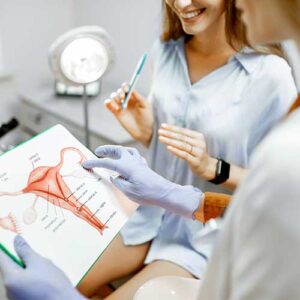 Gynaecological cancers
Gynaecological cancers
Cancers that occur within the female genital system. These are cervical cancer, ovarian cancer, vaginal cancer, vulval cancer, and uterine cancer. Treatment for gynaecological cancer depend upon the stage and type of cancer. Fertility preservation procedures like egg & embryo freezing are recommended before starting treatment if the patient intends to possess children later.
Adolescent gynaecological problems
Gynaecological problems during adolescence are fairly common and have physical and psychological effects on women and teenagers. Common problems include vaginal disorders, vulval injury, menstrual problems, sexual development disorders, abnormal skin changes, and abnormal discharge. Comprehensive age-appropriate care and treatment alternatives are offered to support the condition and its impacts to make sure a secure and healthy transition to adulthood.
Get Expert Advice?
Experience excellence in short-stay surgical care with TaCa!
What sets us apart?

Patient First
At the heart of our healthcare philosophy is a commitment to putting patients first. Our purpose-driven and service-oriented team is dedicated to providing exceptional healthcare services with an unwavering focus on patient safety and satisfaction.

Expert Clinicians
Our expert surgeons personally look over every case to make sure that the highest level of care is given. They do this by making treatment plans that are unique to each person and fit their needs.

Extensive Hospital Network
Our extensive network of hospitals enables us to provide convenient, high-quality, and ethical care in your local area. Our focus on delivering better surgical outcomes, shorter hospital stays, and faster recovery times ensures that our patients receive the best possible care.

Promoting Access to Healthcare
We are dedicated to promoting equitable access to healthcare in the country. Through the introduction of innovative products and services, we are tirelessly working to address health inequities and ensure that everyone has access to the care they need.
What our Patients say on Google?
All you would like to know about us

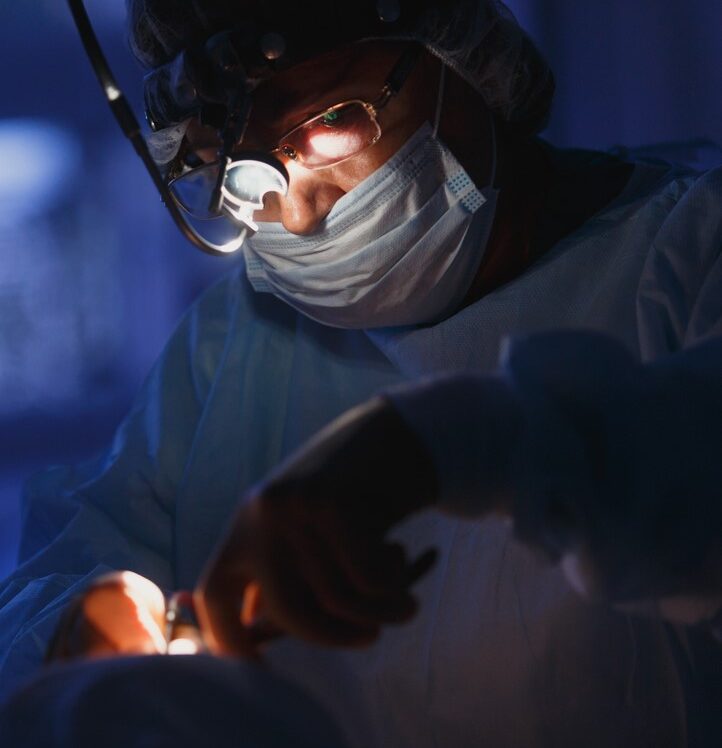

TaCa Healthcare's mission is to provide high-quality, cost-effective surgical care available to you near your home.
We work with specialist doctors and healthcare partners to implement proven innovations and best practices to transform patient care.
We are just a call away. Call us at: +91 9319880099
We are currently operational in Delhi/NCR, Bhopal, Indore, Jabalpur, Hyderabad, Sonipat.
TaCa Healthcare is committed to making quality multi-specialty surgical care accessible to everyone, everywhere. We have a large network of hospitals, expert surgeons, and we use latest surgical technologies to ensure better surgical outcomes, shorter hospital stay, and faster recovery for our every patient.
No, we currently provide elective surgeries.
TaCa has its own clinics, where you can meet the surgeons directly.



